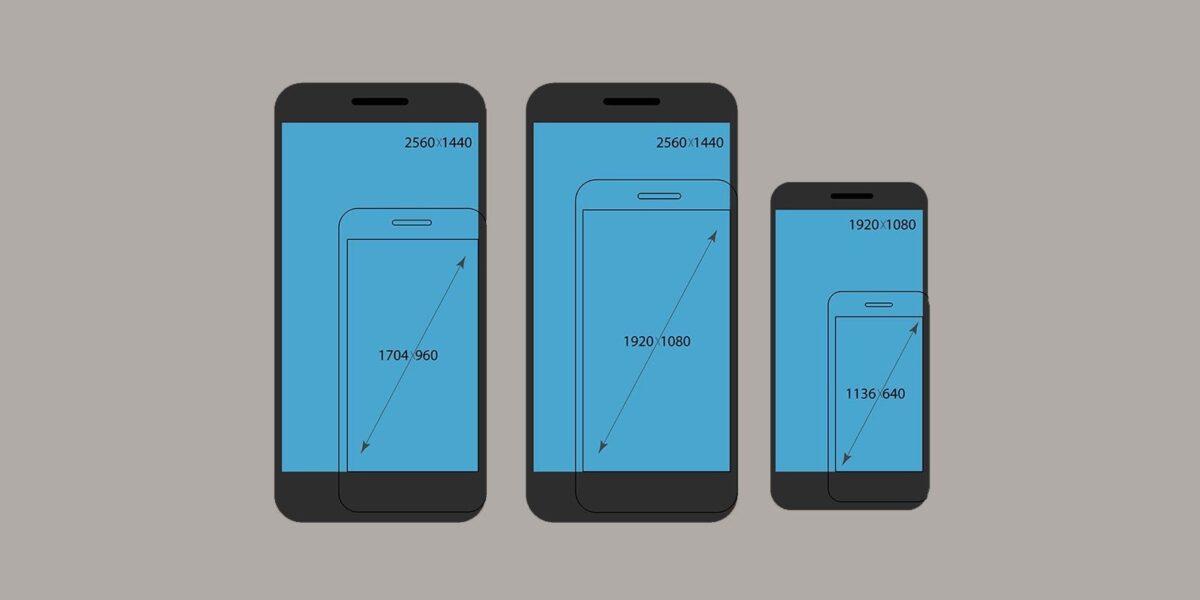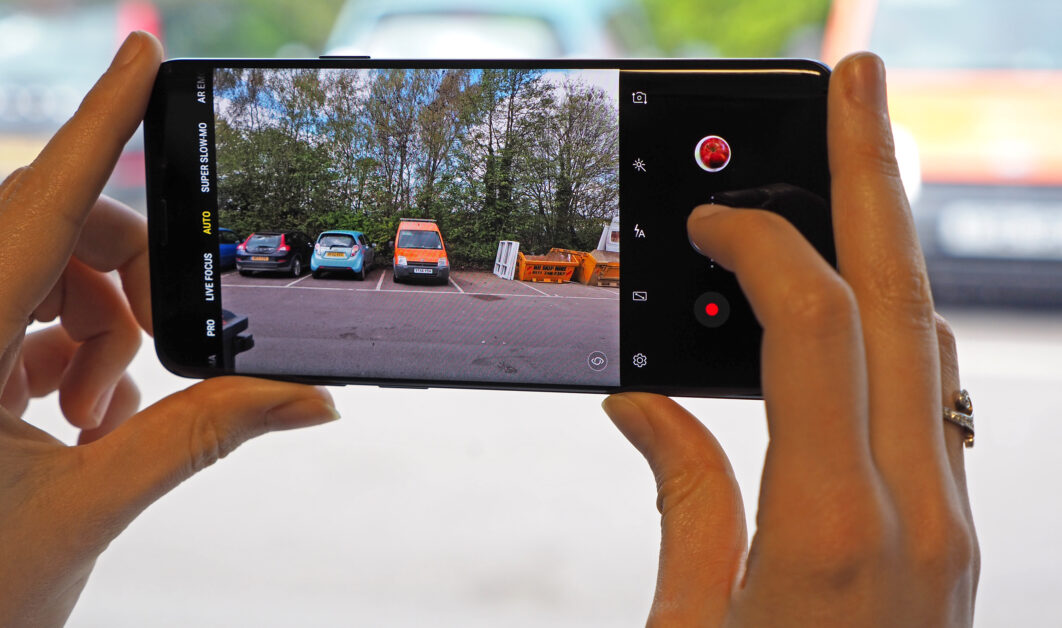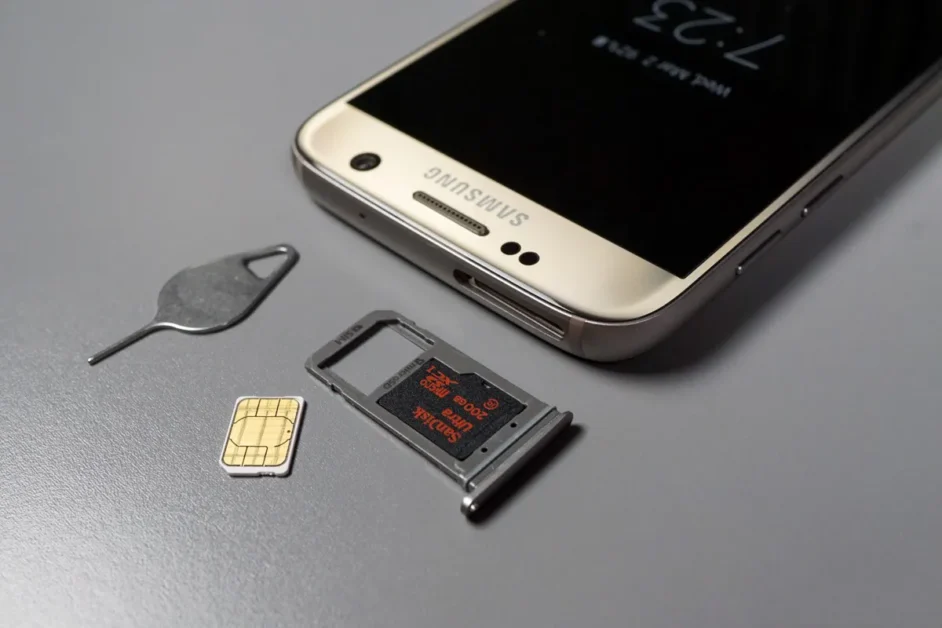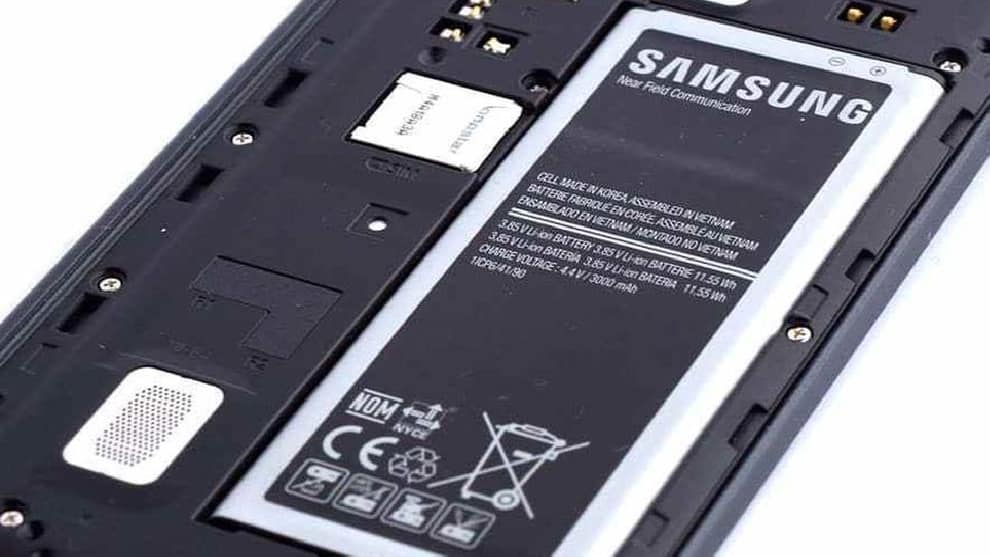Smartphones these days have become an integral part of our lives; it is the center of communication, entertainment and relaxation. This is because they have been built to serve you with almost all the features of a computer such as surfing the internet, keeping documents, taking pictures and even charging other smartphones.
We spend a lot of time with it every day, which makes it even more important to choose the most suitable model. So what factors should you consider when buying a new phone?
The market is full of options for all tastes and needs. You can find models from brands such as Samsung, Apple, Xiaomi and Motorola in different price ranges. Although this variety is great for the consumer, it can end up confusing when choosing the ideal smartphone.
With that in mind, we have prepared a complete guide full of tips to show you not only how to buy a new smartphone, but also how to make the best choice according to everything you need in a smartphone for everyday life.
Just because it is an iPhone or Android doesn’t mean it is best for you or just because you got the phone for an expensive price doesn’t mean it has all the best features included in it. The most essential factors to consider should neither be the price nor the manufacturer but the guide that we have put together to assist you.
Important Things to Consider Before Buying a New Smartphone
1. Screen

Screen size is a personal thing, but it’s important to gauge the quality of the panel. Phones that use TN, TFT, IPS and LCD technologies are the most common, have good quality and more affordable price. However, OLED, AMOLED, Super AMOLED, Dynamic AMOLED and other variations are of better quality. They offer more accurate colours, high brightness, balanced contrast and even better power savings.
Regarding resolution, basic phones usually come with HD+ screens. They are of inferior quality and are aimed at less demanding users. Mid-range and flagship devices have Full HD+ resolution displays, which offer high image quality, being suitable for those who like to watch videos on their smartphone.
There is still a select group of “premium” phones with higher resolution, such as the best Samsung devices, which have 2K screens, also known as Quad HD.
Another factor worth checking in the datasheet before buying a phone is the pixel density, represented by the acronym PPI. This measurement indicates the number of pixels in each inch of the screen. The higher this number, the better, as the phone tends to display images with greater detail. Some studies indicate that the number of pixels per inch visible to the human eye is 300. So, ideally, your new device should have at least 300 ppi.
You may also come across other features on phone screens. HDR10 and its variations serve to make the colours more vivid, as well as increase the brightness of what is displayed. So you are always welcome. In addition, higher refresh rates (90 Hz, 120 Hz) make images update faster, making any type of movement more fluid and natural. This feature is mainly present in more expensive phones, but it is also possible to find it in more recent mid-range phones.
If you have a smaller hand, you should carefully consider your options when choosing a mobile phone. In these cases, a smaller device with a diagonal of between 5 and 6 inches is preferable.
2. Design and Size
The trend is for smartphone screens to get bigger and bigger. Currently, mid-range and top-of-the-line models easily go over 6 inches. However, companies are investing in displays with very thin edges. Thus, they can take better advantage of the device’s body, which can have a large panel without necessarily being a “brick”.
The choice of size is completely personal: there are consumers who like large phones and others who prefer smaller ones. The same thing happens with design. After all, a phone that is beautiful to one person may be ugly to another.
At this point, we recommend evaluating the finish of the device. Except for premium phones, most current smartphones are made of plastic, which is not a bad thing. The tip is to research the material of construction of the chassis, and if the phone has protection against water, among other attributes that can add so that the phone is durable and resistant.
3. Cameras

Many smartphone users are mostly carried away by the number of megapixels but trust me, more megapixels doesn’t mean a better camera. iPhones, for example, have great cameras and their sensors have 48 MP, while there are phones with 108 MP that do not achieve the same result.
Check whether the camera has additional technologies such as quad pixel, big sensors, autofocus, and optical stabilization that can improve the quality of photos.
Research the device’s camera and try to find tests or photos taken by consumers who have already purchased it. That way, you’ll get a good idea of the camera’s quality. In addition, auxiliary lenses are interesting for those looking for versatility, being able to take pictures with different angles and framing than the conventional ones.
If you intend to use the phone for videos, research the maximum resolution it records and even if it has stabilization features to prevent the videos from being shaky. A tip: if you want to buy a smartphone to create content on Instagram, iPhones are famous for this and are great options. But Android models are not far behind and it is possible to find excellent cameras among top-of-the-line brands such as Google, Samsung and Xiaomi.
4. Processor and RAM

The processor is responsible for dictating the performance of the smartphone, so it ends up being the heart of the device. Even the most basic phones currently have an octa-core processor, that is, with eight cores. They tend to offer better performance, but what will make a difference is speed (represented by GHz), in addition to supported technologies and features.
Here is a quick tip: look at the processing speed that is expressed in GigaHertz (GHz). The higher the speed, the faster the processor.
Generally, this data is already informed in the device’s technical sheet, but you can also search for performance tests of the processor in question. Thus, you will have an idea of how the desired phone will perform on a daily basis and will be able to know if it fits your use.
However, when buying a cell phone, RAM memory should also be taken into account, as it will also determine the performance of the device, especially in multitasking.
Currently, with the number of useful applications, good RAM memory and a good processor are indispensable. RAM memory allows the processor to have immediate access to data. That is, the more tasks we perform on smartphones, the more RAM memory is needed for the smartphone works with the desired efficiency. So, the tip is to look for models that have at least 4GB of RAM and an 8-core processor. The more cores, the better the processor will develop. This reduces the chance of crashes.
Currently, mid-range phones are already equipped with 6 GB or 8 GB of RAM, while high-end models have up to 16 GB, much more than what is needed to run the heaviest applications available for phones.
This value is commonly found in mid-range devices. The models with 6 GB or more are for those who have intense use and usually play games on their smartphones. Typically, the top-of-the-line has a higher amount of RAM.
5. Internal Storage

Internal storage is where files are stored on a phone. You should also take into account the size of the storage space depending on the type of user you are. If you intend to become an influencer with a lot of photography and record a lot of videos, or you love to have a lot of games, you should consider a phone with a lot of storage space, at least 128 GB.
You don’t need as much memory if you take a photo from time to time or record a specific video, and you tend to use the smartphone more to keep in touch with messaging apps such as WhatsApp or Telegram or through social networks, even so, it is recommended to have at least 64GB of internal storage.
Some models still include an expansion slot to include a memory card, which can be useful if your phone’s storage capacity is insufficient. So if you’re undecided about what size to get, go for a phone with an SD card slot if you can, and if possible, expand the space yourself over time.
Generally, most Android devices accept microSD cards, but iPhones don’t support storage expansion.
6. Operating System: Android or iOS
Another important thing to consider before buying a new phone is to decide which system you want to use: iOS or Android.
Although controversial, this comparison has only one answer: none is better than the other. They are completely different systems, for audiences with different tastes. Android is used by several models of the main brands, easy to customize, but it can have crashes.
IOS is an exclusive system for Apple models, it is lighter and faster. In this case, there is some difficulty in changing and customizing the system. It is necessary to analyze and decide which model best suits your needs.
Another point that weighs a lot when buying a new phone is the price difference of the devices that have each of the systems. We know that Apple devices are not cheap, so many people end up turning to smartphones with the Android system.
However, being more affordable doesn’t make an Android phone bad. The myth that “Android just crashes” was debunked a long time ago, and today, even basic devices perform well. Google’s system is more “open”, offers more customization possibilities for the user and is accessible, as it is present in the vast majority of smartphone models, such as Samsung, Motorola and Xiaomi.
Precisely because of this plurality, it is normal to find more bugs in Android, after all, it is a system that is not made for specific hardware. Choosing the best platform depends on the consumer’s needs as well as their budget to buy a smartphone, but we emphasize that both are excellent options.
7. Battery

As much as the capacity in mAh influences, it is important to research the real autonomy of the device, which also depends on other specifications, such as the screen, processor and even optimization of the operating system.
The recommendation is to buy a smartphone that offers at least a full day of battery life. After all, no one wants to have to recharge their smartphone two or three times a day.
Most current devices have a capacity greater than 4,000 mAh, which should be enough for a day of use, in most cases. However, there are models like the Galaxy M62 that come with a 7,000 mAh battery, lasting an average of three days. Also, fast charging, wireless and even reverse charging features can be considered.
8. Mobile connectivity and 5G
The most modern mobile network, the 5G network, is expanding slowly but steadily throughout the world. It allows you to enjoy incredible internet speeds, which are often faster than those available through home Wi-Fi.
Therefore, if you use your mobile to watch series on Netflix or videos on YouTube or any other platform, you should consider a phone with 5G, especially if you intend to use it for a few years.
There are already quite a number of affordable phones in the market with 5G.
9. Accessories
Although this is not as important it is worth considering. When buying a new smartphone, ensure the smartphone accessories and parts are readily available. You don’t want to buy a phone that makes it hard to replace damaged parts.
10. Price
Although prices tend to increase as you demand a better chain in terms of processor, memory, camera and display with this guide, you will know the amount of money to spend on your smartphone.
Cheap phones with good specifications and features are sold in online stores like Amazon, Ali Express, eBay, Jumia, Konga etc.
Conclusion
If you are still confused or not sure what smartphone to get, feel free to leave a comment under this article or send me a mail with the smartphones you want to buy and your budget. I will do some research to find out which is the best smartphone out of all of them and where to buy it at a cheaper price.


Thanks for the tips..they were really helpful.